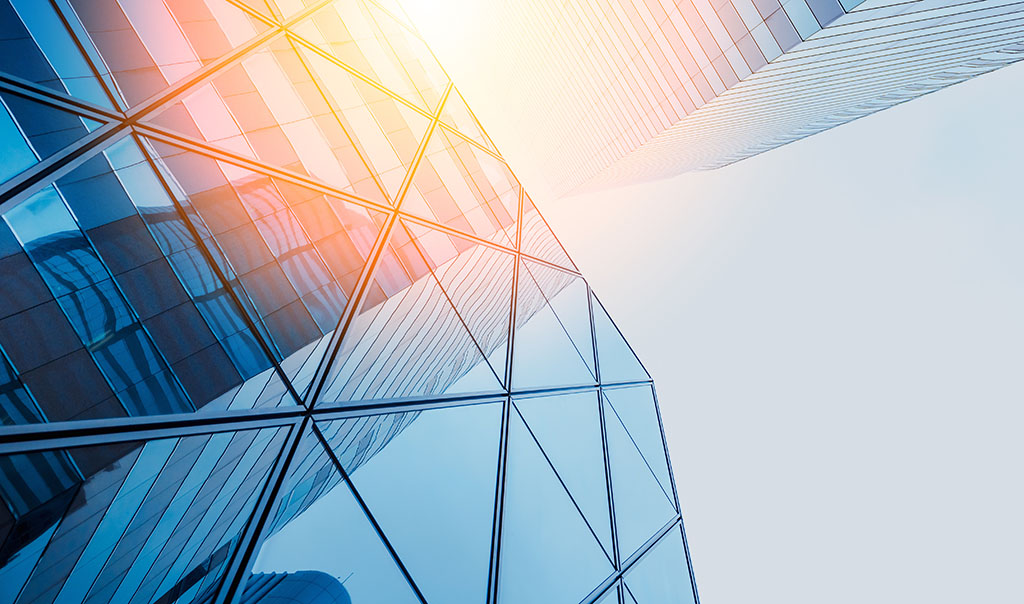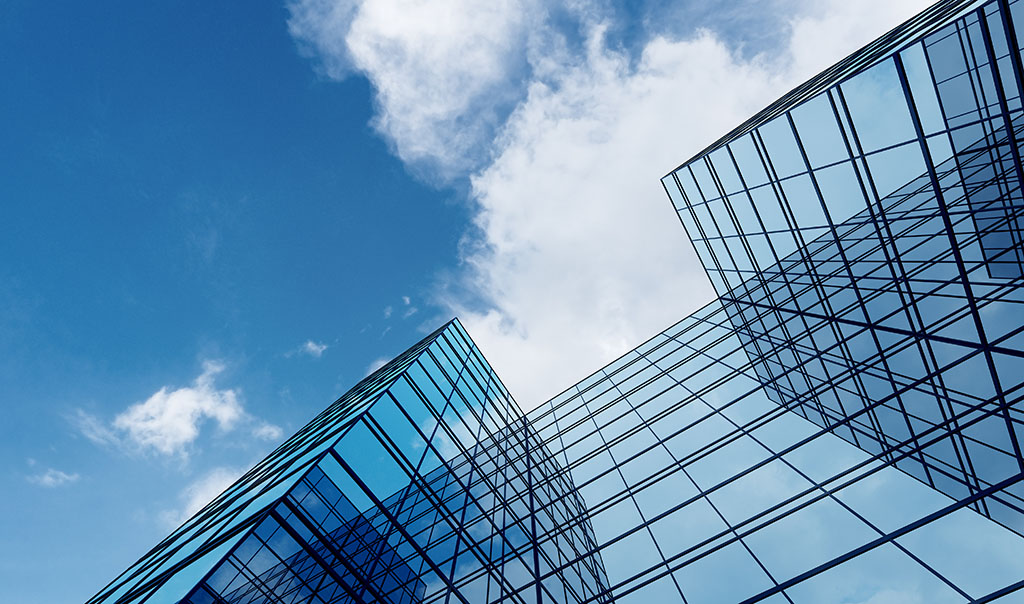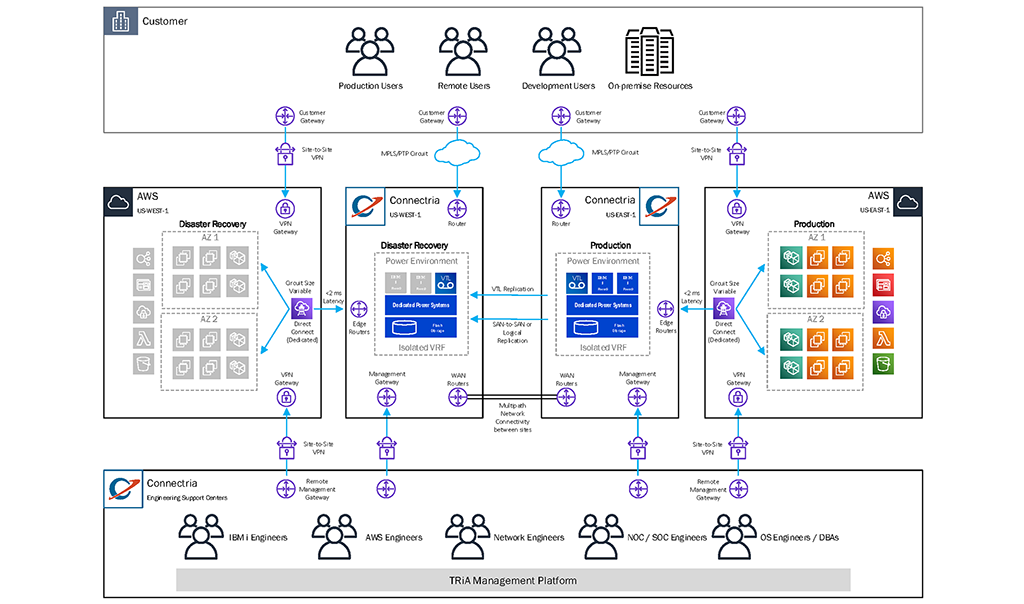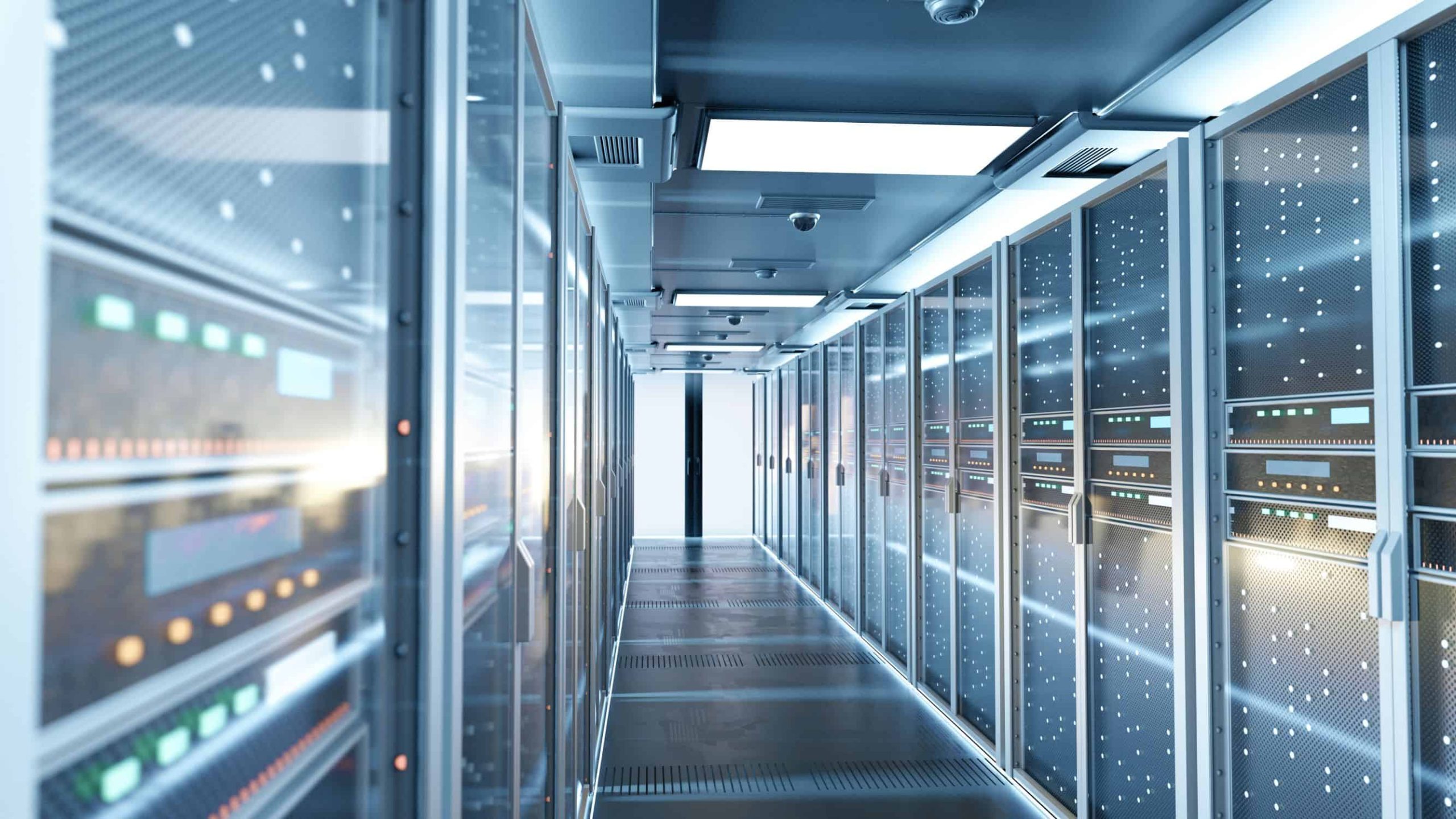Connectria’s Green Cloud Initiative Going Strong
Connectria
Author
Date
September 2, 2020
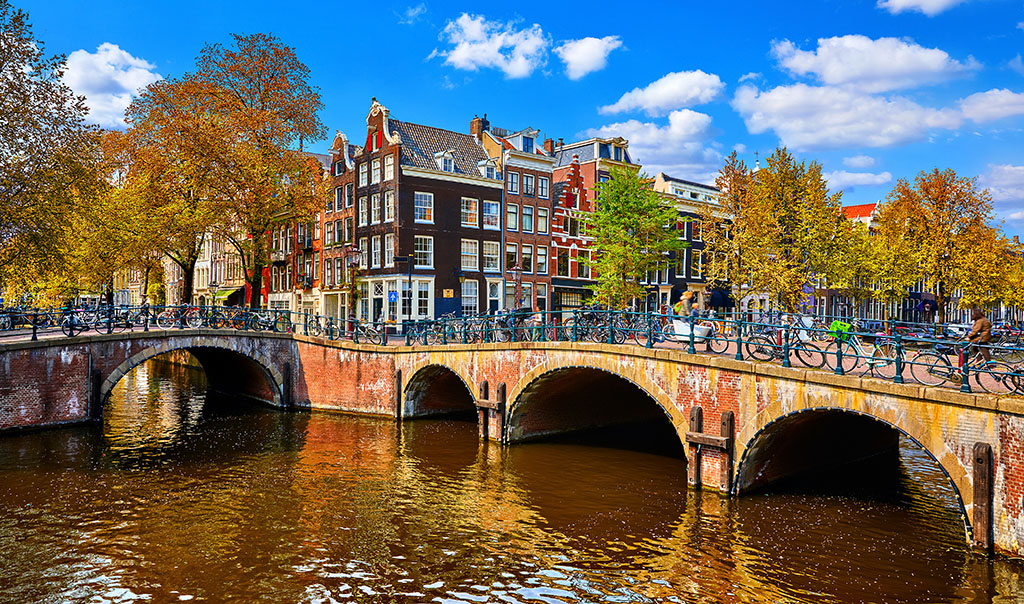
After the successful launch of Connectria’s Green Cloud Initiative earlier this year, we continue our work with green computing. To follow up on how the project has progressed, we sat down with Rusty Putzler, Vice President and COO of Connectria, to get more details on what this means for Connectria and its customers.
What is Connectria’s Green Cloud Initiative?
Essentially, the Green Cloud Initiative is an ongoing mission Connectria embarked on to lower our carbon footprint and deliver a higher performance/lower-cost service to our customers with faster provisioning times and more flexibility. In a nutshell, the goal of our Green Cloud Initiative was to achieve a carbon-neutral footprint across all our data centers. To date, we have achieved our initial goal within the footprint we have deployed.
We officially started the project in 2018 and progressed throughout 2019 before formally launching earlier this year. The growth has been phenomenal. Almost all new customers are taking advantage of our green technologies in our data centers. While the initial project is complete, we continue to look at new locations to expand this initiative further.
Why is the Green Cloud Initiative important to Connectria?
The Green Cloud Initiative fits right in line with our No Jerks Allowed policy. We tend to talk about that policy in four elements with respect to how we treat our customers, each other, our vendors, and also how we participate in our community.
“As a good corporate steward of the environment, Connectria cares about what we are doing to the environment through the initiative of green computing.”
We strive to take an active role in our community. Moreover, we feel it’s important to ensure we’re not contributing to environmental challenges. Data centers are known to draw a lot of power. Worldwide, they account for about three percent of all energy consumption. By striving for a carbon-neutral footprint, we can help minimize the impact on the environment.
Why is this important for Connectria’s customers?
Our customers have a lot of the same goals we do. Many of them have green initiatives as well, so they’re looking for ways to reduce their carbon footprint. One of the easiest ways to do this is to migrate your workloads to a hosted environment operated by a managed services provider like Connectria. We also designed the Green Cloud Initiative with high performance in mind. Another benefit our customers experience is increased efficiencies in processing. In some technologies like IBM i, we see substantially reduced batched processing times.
What is the impact of COVID-19 on this initiative?
The pandemic has made it more challenging to expand the initiative since traveling is a necessary component. However, COVID-19 has also exposed the challenges in some business models that while they may not have considered outsourcing before, they are now. Having a carbon-neutral footprint ensures customers have a place to migrate to that, from an environmental impact, is potentially better than what they were doing previously.
What improvements is Connectria making in its US data centers?
There are a lot of elements to the US-based efforts, but one I like to focus on is the benefit of using the most advanced hardware. Not only is it a dramatic example, but it’s also an approach that other organizations can employ even if they don’t want to migrate their workloads to a hosted cloud provider.
We house a lot of customer workloads on IBM Power Systems. Between 2004 and 2008, we had 95 IBM Power5 servers installed. In a typical configuration, each server drew approximately 165.5 watts of power for a total draw of roughly 15,722 watts. Over the years, we’ve reduced the number of servers necessary to run the same number of workloads by regularly refreshing hardware to the latest models. This allows us to deliver the highest performance to our customers while lowering energy consumption. The same number of workloads, today, run on just three IBM Power9 servers, for a total energy consumption reduction of 95 percent.
What’s the latest in the EU?
About a third of our customers are based in Europe or have a European location, so we expanded our presence in the EU with our data center in Amsterdam. This is by far the most energy-efficient data center we operate, and we think it serves a model for other data center operations. The building is ISO 14001 and ISO 50001 certified for energy management and is designated a LEED Gold facility. LEED, which stands for Leadership in Energy and Environmental Design, is a globally recognized classification system for green buildings.
Ultimately, this facility draws 100 percent of its energy from renewable sources, primarily hydropower and biomass. A solar PV system installed on top of the building supplements those energy sources. The rooftop is actually a “green roof,” which means it’s covered in vegetation. This helps reduce storm runoff, which can be a source of pollution for nearby water sources. Finally, as anybody in IT knows, data centers produce a lot of heat. This heat is captured in an underground aquifer and then used to heat buildings on the University of Amsterdam campus.
Contact Connectria for more information on the Green Cloud Initiative and our data center operations.
Topics
Keep Reading
Prepare for the future
Tell us about your current environment and we’ll show you the best path forward.
Fast track your project. Give us a call.

